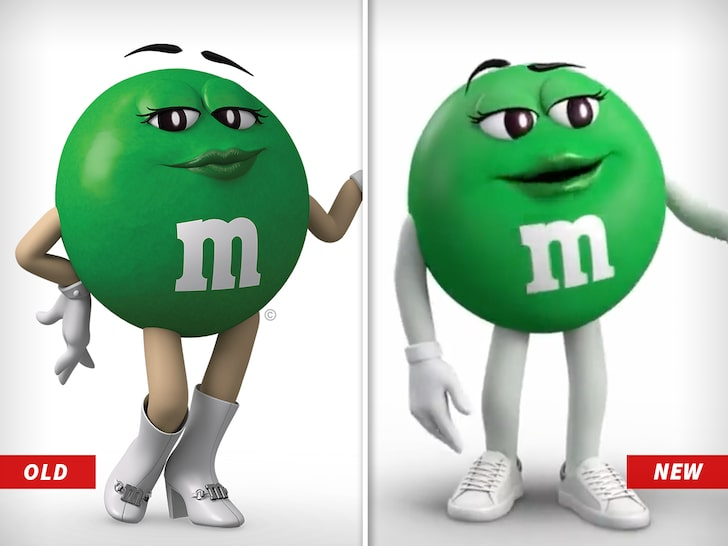Slutty M&M’s and child labor: Mars Wrigley’s marketing madness
On January 20th, Mars Wrigley, the world’s leading manufacturer of chocolate, broke the internet with their redesigns of the colorful-shelled M&M characters. This led to speculation that the rebrand was an attempt to distract the public from an ongoing lawsuit over the company’s use of child labor.
The most notable change was the green M&M: her white go-go boots have been replaced with sneakers. “[The green M&M will be] better represented to reflect confidence and empowerment, as a strong female, and known for much more than her boots,’” said the Mars Wrigley press release on the redesign.
Those who saw the green M&Ms shoes as a feminist symbol were upset by the redesign. In a Rolling Stones article titled “Let the Green M&M Be a Nasty Little Slut,” Senior Staff Writer EJ Dickson claims that the green M&M no longer represents her audience. In regards to the redesign, Dickson said, “The green M&M being a dirty slut, as signified by her iconic white go-go boots, is precisely what has engendered her a devoted fan base, particularly among similarly libidinous women and gay men who have embraced the character.”
After this outrage, Twitter users started to speculate that these changes were made for a less progressive reason than Mars Wrigley claimed. “You could instantly vaporize a medieval peasant by telling them the [Mars] PR team astroturfed a social media trend by making the green M&M ‘less sexy’ to cover up a child slavery lawsuit,” said Twitter user “YouSeeGundam” in a tweet that got over 165,000 likes. Those who saw this tweet and others like it were led to believe that Mars redesigned their M&M’s as a way to direct attention away from a child labor lawsuit that could damage their business.
In February of 2021, eight children took legal action against the world’s largest chocolate companies, including Mars, Nestlé USA and more, claiming that they—and thousands of other children—were used for slave labor on cocoa plantations in the Ivory Coast.
The lawsuit was to gain reparations for forced labor, negligent regulation and deliberate infliction of emotional abuse, but also to address a deeper issue within the Ivory Coast. The use of child labor and low pay in West Africa’s cocoa production has been linked to the structural poverty in the area, according to Oliver Balch in a Guardian article about the lawsuit.
Kristjiana Gong, an Urban history, service-learning and Constitutional Law teacher, was not surprised about the lawsuit and its result. “It was disappointing, but unsurprising to me that the U.S. Supreme Court ruled that chocolate candy production by U.S. companies like Mars and Nestlé USA had not made decisions that directly linked to the implementation of child slavery and thus couldn’t be held liable,” she said.
Gong says that because the Supreme Court ruled in Mars Wrigley’s favor, the M&M redesign had nothing to do with the lawsuit. “Corporations invest incredible amounts of money on their brand,” she said. “Even if it’s done in a non-sinister way, simply having marketing and legal departments demonstrates how invested they are in shaping and protecting how the public receives them.”
She also believes the company didn’t feel the need to cover up the lawsuit with the redesign. “It was dismissed by the highest court that had any capacity to hold these companies accountable,” said Gong. “There’s not much suggesting that corporations are/have been/will be held responsible for these kinds of human rights abuses.”












